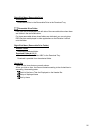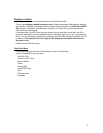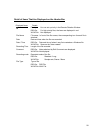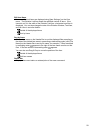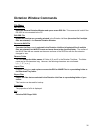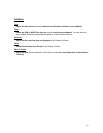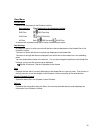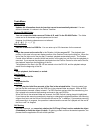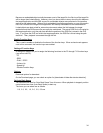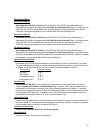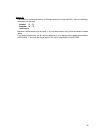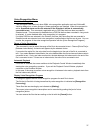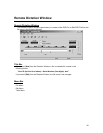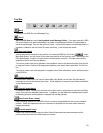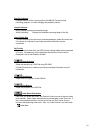
34
Because an embedded object actually becomes a part of the target file, the file size of the target file
will be larger than linked objects. However, since you do not have to worry about the link between
the target application and the DSS source file, embedded objects are convenient in file transfers
such as e-mail attachments. When a file is embedded into another application, a copy of the entire
DSS file is moved to the target client application and literally embedded into the executable file.
Linked objects are best suited for network environments where the link between the target
application and the DSS source file can easily be maintained. The actual DSS file is not copied to
the target application; only the path that defines the position of the DSS file is stored in the OLE
icon. If you open the OLE icon within the target application, the DSS file is linked using the path
definition. Then, playback is executed through the link.
Enable Function Keys
This is used to enable or disable the functions of the function keys. When a check mark appears
next to this command, the function keys are enabled.
Setting of Function Keys
A dialog box appears for you to assign the following functions to the F2 through F12 function keys
(you cannot use F5):
- FF
- REW
- PLAY / STOP
- Volume Up
- Speed Up
- Disable Function Keys
Options
Download options for download.
On the Download page, you can check an option for [downloads all data after device detection].
Set Auto Back Space
You can select the time for "Auto Back Space" from this menu. When playback is stopped, position
control determines time (Auto Back Space) to back up.
The times you can select are as follows.
0.0, 0.3, 0.5, 1.0, 2.0, 3.0, 5.0 sec



